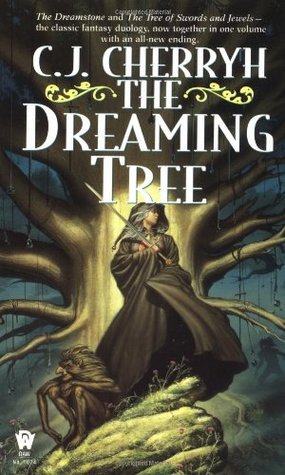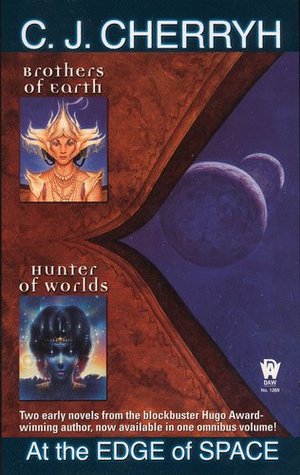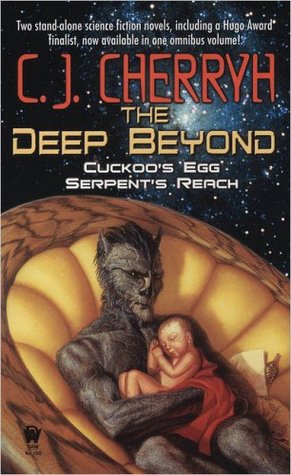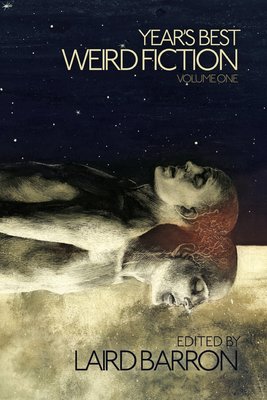Destination Barsoom, Nehwon, Narnia: A Few Thoughts in Defense of Escapism
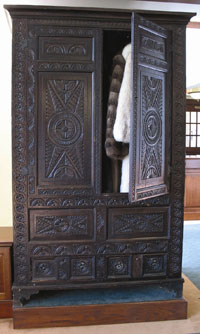
I memorized all of John Carter and Tarzan, and sat on my grandparents’ front lawn repeating the stories to anyone who would sit and listen. I would go out to that lawn on summer nights and reach up to the red light of Mars and say, “Take me home!” I yearned to fly away and land there in the strange dusts that blew over dead-sea bottoms toward the ancient cities. — Ray Bradbury (“Take Me Home,” The New Yorker June 4, 2012)
A couple weeks ago, friend and fellow Black Gate blogger Gabe Dybing texted me with a proposition. “Read chapter one of Maker of Universes,” he typed, “and if you’re interested let’s talk about doing a survey of the series together.”
World of Tiers is probably Philip José Farmer’s most renowned series next to Riverworld, which I read a few years back. Currently I’m reading the Dungeon books, a shared-author series of six novels set in another world created by Farmer. Did I want to add this to my plate? Gabe piqued my interest by noting that the protagonist is an older English professor, somewhat disillusioned, who wants to escape — a character with whom we would feel some personal sympathies.
And so I read the first chapter, and the survey is on. In coming weeks we will be reviewing the books together — interspersed, I’m sure, with Gabe’s own Wednesday survey of the fantasy works of Poul Anderson and my own eclectic ranging far and wide across the spec-fic landscape.
But before we begin that undertaking, here is a prologue of sorts, a few thoughts I jotted down after reading the first chapter of Maker of Universes (1965). My thoughts, you will see, apply broadly to all “escapist” fiction…
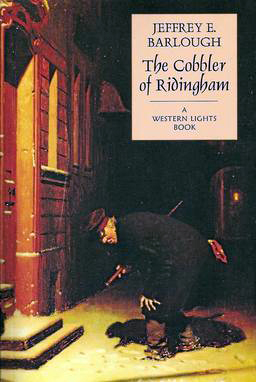 Winter is the best time to appreciate
Winter is the best time to appreciate 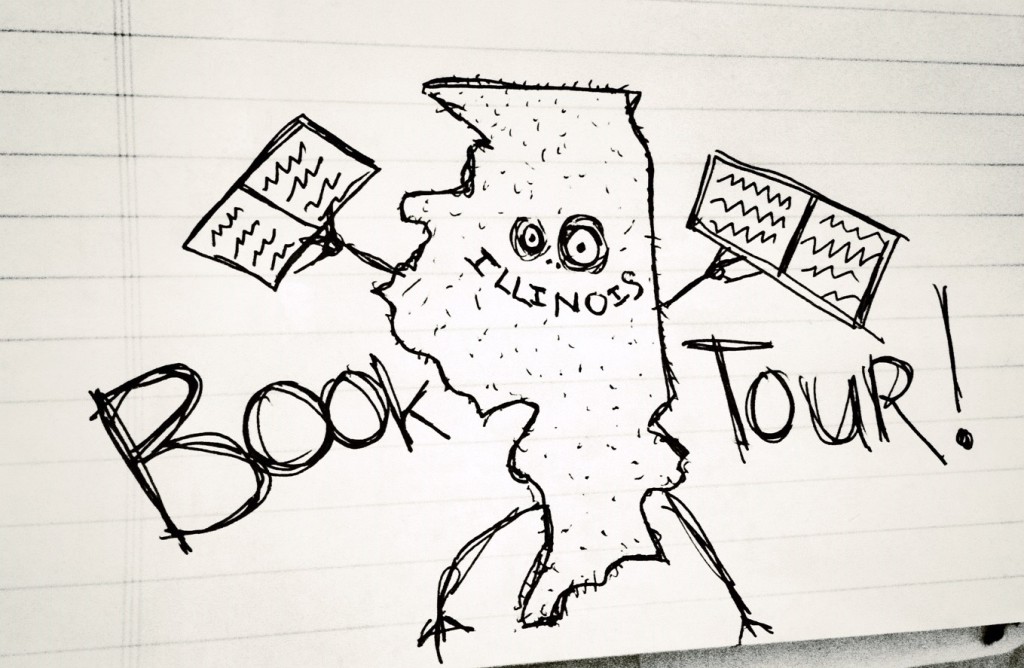
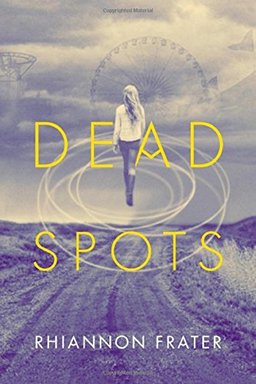
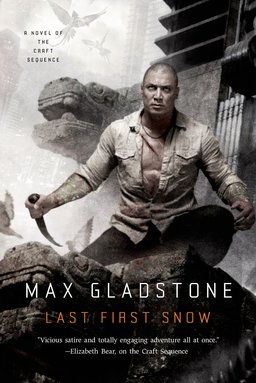
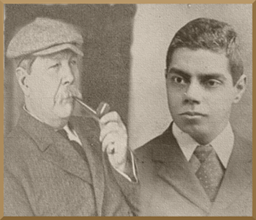
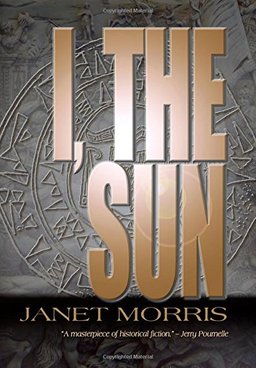
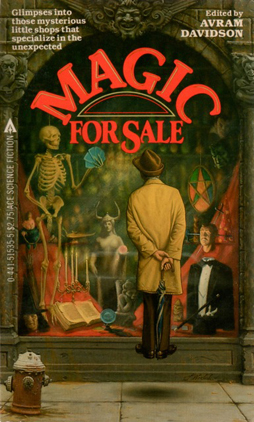 At a science fiction book sale not too long ago, I picked up an anthology from 1983 called Magic For Sale. There was something irresistibly appropriate in buying the book second-hand: edited by Avram Davidson, it’s a collection of stories for the most part precisely about the magic that lies within the second-hand. About purchasable goods with something in them beyond cost and explanation. About shoppers who find more than they expected. About supernatural bargains, each with its own twist.
At a science fiction book sale not too long ago, I picked up an anthology from 1983 called Magic For Sale. There was something irresistibly appropriate in buying the book second-hand: edited by Avram Davidson, it’s a collection of stories for the most part precisely about the magic that lies within the second-hand. About purchasable goods with something in them beyond cost and explanation. About shoppers who find more than they expected. About supernatural bargains, each with its own twist.